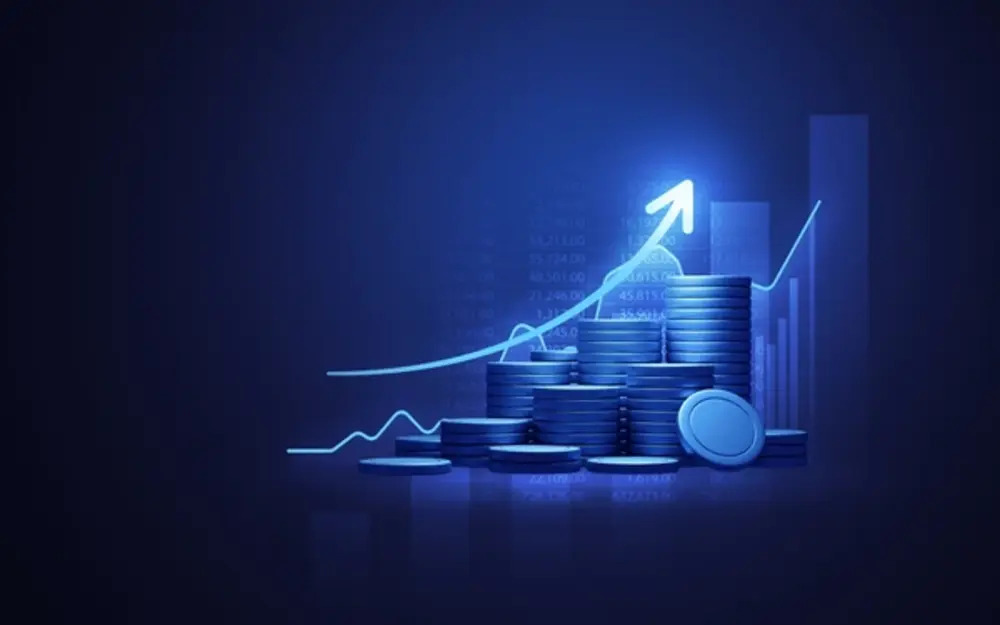Logistics and Supply Chain Management
16
According to experts, pressures in the supply chain led to an overstock of prescription opioids.
- Rating
- opioid prescriptions
- drug suppliers
- opioid makers
- oxycodone
A new normal has arisen in today's post-pandemic world: stressed global supply systems. However, in the early 2000s, the supply chain for prescription opioids like oxycodone and hydrocodone flowed freely and without any snags.
According to Ednilson Bernardes, professor and programme coordinator of global supply chain management at West Virginia University's John Chambers College of Business and Economics, this is owing in part to the influence of supplier pool pressure on pharmacy participation in oversupply.
In other words, the purchasing and distribution of opioid prescriptions was impacted by pressure from opioid makers and suppliers, particularly big businesses. Because of the supplier pool's expectations about buyer behaviour and its ability to exert control over its supply, Bernardes argues that buyers are forced to behave in line with those expectations.
Between 2006 and 2012, Washington State University's Bernardes and co-author Paul Skilton examined drug transactions involving oxycodone and hydrocodone. Those two medications were chosen because they are the most often abused, legally prescribed products and at the heart of the American opioid epidemic, according to Bernardes. As of 2019, an average of 38 people per day die from prescription opioid overdoses, according to the CDC.
Researchers used a dataset that included geography, market, and public health data to evaluate a model. According to the report, three generics manufacturers accounted for more than 90 percent of the supply in wholesalers and pharmacies. In the Journal of Supply Chain Management, they have published their research results. An opioid surplus arises when normal production and distribution systems produce and distribute more opioids than is necessary for the market. Physicians were prescribing the products, even though pharmacists, suppliers and manufacturers knew that they posed a health risk. It was expected that the companies selling opioids would record unusually high transactions, but the DEA (U.S. Drug Enforcement Agency) placed no safeguards in place to ensure that they did. There was also the fact that even if they had, even if each transaction was very minor, the totals would have been enormous.
Under these conditions, the entire supply chain might create considerably more of these products than was beneficial to patients or society." As a system-level phenomenon, we believe that individual behaviours and the activities of suppliers and rivals influence those behaviours in addition to demand from patients," we write.
In addition, Bernardes stated that pharmacy participation was determined by market features such as demand, regulation, and the size of the market population. If suppliers have more bargaining power than buyers or if buyers rely on them, they might set expectations, Bernardes said. Drug suppliers and pharmacies alike depend on the opioid supply pool, which is tightly controlled at the federal and state levels, because opioids are so vital to their financial success.
They believe that Bernardes and his coworker's research opens up new avenues for the study of supply chains because it introduces a novel concept of oversupply that differs from the traditional concept of excess inventory and explains how pressures within supply chains affect misconduct outside of the opioid context. According to Bernardes, the research is also novel because earlier studies focused mostly on the implications of behaviour at the corporate level, such as supplier sustainability risk and unscrupulous opportunism. There is a lack of awareness of systemic elements that contribute to supply chain malfeasance because of the concentration on firm-level outcomes.
Even while it has a negative impact on society, "the phenomena exposes supply chain behaviour that is common and persistent," Bernardes added. There are several examples of items that damage consumers and businesses that destroy the environment and exploit workers or promote social injustice.
Leave a Reply
Your email address will not be published. Required fields are marked *


